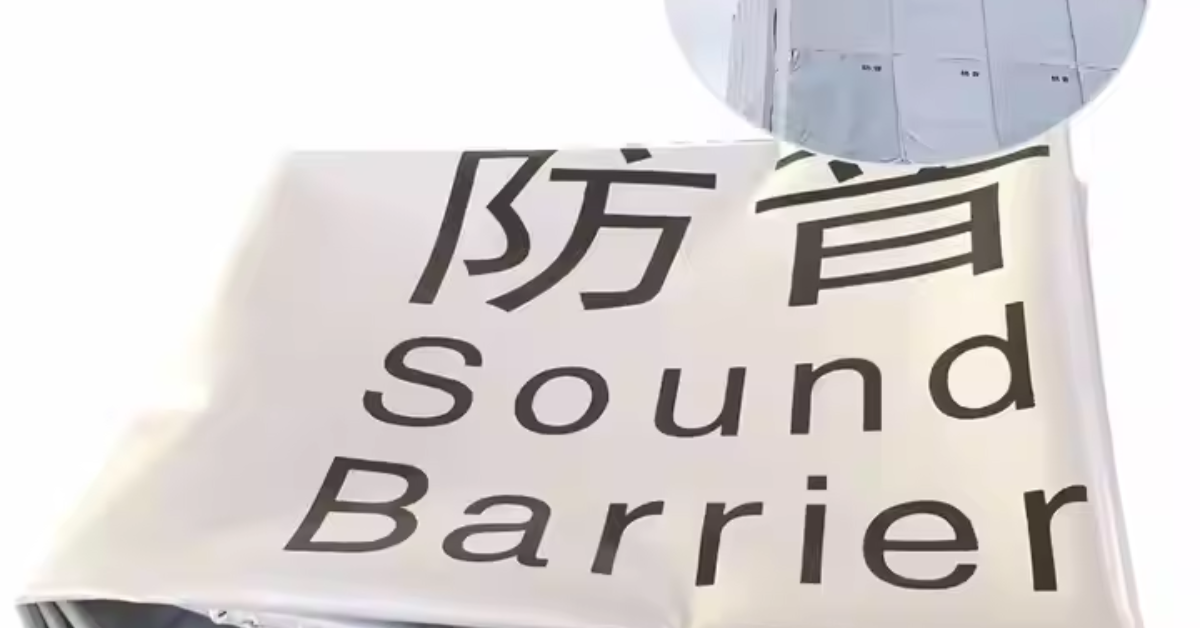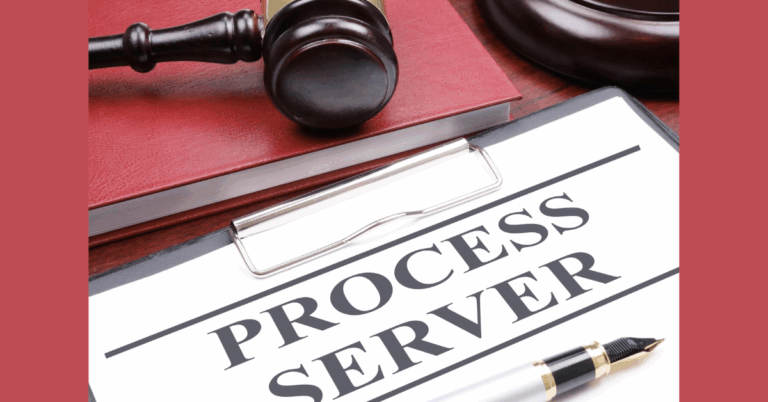Sound Barrier Sheet: Applications, Benefits, and Implementation
In environments where noise control is essential—such as near highways, industrial zones, residential complexes, and commercial establishments Sound Barrier Sheet systems play a pivotal role. These specialized panels or sheets are engineered to attenuate or block sound transmission, reducing noise pollution and enhancing acoustic comfort. Often made of composite materials like heavy vinyl, high-density polymers, or sandwich constructions incorporating sound-absorbing cores, sound barrier sheets are designed to absorb, block, and reflect acoustic energy. Their effectiveness depends on parameters such as thickness, surface density, mounting technique, and adjacency to other structural elements.
But noise control is rarely the only concern. In many settings—particularly in constructions, high-rise sites, or near public infrastructure—safety and fire performance are also critical. One product frequently deployed in such contexts is a fire-retardant safety net, intended to prevent objects or people from falling and to offer fire safety features. It’s worth understanding how sound barrier sheets and fire-retardant safety nets may coexist in multifunctional building envelopes or site boundaries, and how they complement each other in advanced construction strategies. This article explores the uses, advantages, design considerations, and implementation of sound barrier sheets, placing them in relation to other safety and environmental control components such as fire-retardant netting.
The Need for Noise Control
Modern urban and industrial settings are often saturated with noise—from vehicular traffic, machinery, construction activity, HVAC systems, and more. Excessive noise can cause health issues such as stress, hypertension, sleep disturbance, and impaired concentration. Regulatory bodies in many jurisdictions impose limits on permissible noise levels in residential, institutional, or mixed-use zones.
In such contexts, building developers, planners, and engineers seek cost-effective and reliable methods to reduce noise transmission into or out of spaces. Sound barrier sheets offer a relatively flexible and scalable approach to noise control, especially along perimeters (e.g. facades, site boundaries, balconies) or as retrofits to existing structures.
What is a Sound Barrier Sheet?
At its core, a sound barrier sheet is a passive acoustic material designed to block or attenuate airborne sound. Let’s break down its basic principles:
-
Mass Law: Heavier materials tend to block more sound, because sound waves struggle to vibrate them. Higher mass per unit area improves low-frequency blocking.
-
Damping: Some barrier sheets incorporate viscoelastic layers or constrained-layer damping to dissipate vibrational energy as heat.
-
Decoupling / Isolating Structure: In some installations, sheets are mounted with isolation (rubber gaskets, resilient channels) so vibrations from flanking surfaces are not transmitted directly.
-
Absorption (when combined with absorptive surfaces): While barrier sheets are primarily blocking elements, combining them with absorptive backing (fibrous acoustic materials) enhances performance in mid-to-high frequencies.
Typical materials include:
-
Mass-loaded vinyl (MLV)
-
Composite laminates with metal or polymer facings and polymer cores
-
Acoustic sandwich panels
-
Dense elastomeric membranes
These sheets are usually installed in continuous fashion, sealed at joints, edges, and penetrations to avoid acoustic leaks.
Applications of Sound Barrier Sheets
1. Boundary walls / site perimeters
In large compounds, industrial facilities, or along highways, sound barrier sheets mounted on fences or walls help reduce noise from passing traffic or machinery.
2. Building facades / curtain walls
Retrofitting or integrating into exterior cladding systems, these sheets help improve indoor noise isolation without drastically changing architectural lines.
3. Rooftop or parapet barriers
Around roof equipment (HVAC, chillers, generators), acoustic barrier sheets can shield neighboring properties from noise.
4. Interior partitions and ceilings
Within industrial plants, studios, or commercial spaces, barrier sheets can be part of interior partitions to isolate noisy zones.
5. Temporary or modular noise enclosures
During construction work or renovation, modular acoustic screens built with barrier sheets help contain noise.
These applications often intersect with safety and fire protection requirements—especially in construction sites or places with potential fire risk.
How Fire-Retardant Safety Nets Fit In
While sound barrier sheets focus on noise, fire-retardant safety nets serve primarily as life-safety and debris control elements on construction or high-rise sites. Their roles include:
-
Preventing debris or tools from falling and injuring people below
-
Providing safety for workers from falling off edges or scaffolds
-
Withstanding certain fire exposure or slowing flame propagation
Because they are “fire-retardant,” these nets are treated or constructed from materials which resist ignition or slow fire spread. In a multi-layered building enclosure or perimeter setup, both acoustic and safety concerns must be met, which may lead to integrated or adjacent deployment of sound barrier sheets and fire netting.
For example, around a construction boundary, one could install a fire-retardant safety net vertically to catch debris, and behind it (closer to internal boundaries) mount a sound barrier sheet to suppress noise spreading outward. Care must be taken to ensure the fire-retardant net does not significantly degrade acoustic performance, and that the total assembly still meets structural, safety, and acoustic requirements.
Design Considerations & Best Practices
1. Choosing the Right Material
Material selection for sound barrier sheets depends on:
-
Surface density: heavier sheets block more sound, especially at low frequencies.
-
Thickness and damping: thicker layers or sandwich structures with damping yield better performance.
-
Durability: outdoor resistance to moisture, UV, temperature extremes, mechanical damage.
-
Fire performance: in certain zones, the sheet must comply with fire codes (e.g. flame spread, smoke generation).
-
Compatibility: with adjoining structures, nettings, facades, fasteners, and anchoring systems.
2. Sealing and Continuity
Even a small gap—at a joint, around a pipe, or at a support—can reduce acoustic effectiveness significantly. Ensure:
-
Overlapping joints or tongue-groove interfaces
-
Durable gasketing or sealants at perimeters and penetrations
-
Proper detailing around corners, edges, and fixing points
3. Decoupling and Isolators
Mounting the sheet directly to solid structural elements may transmit vibration. To mitigate this:
-
Use resilient mountings (rubber pads, isolators)
-
Use “floating” frames or rails to reduce rigid coupling
-
Maintain a small air gap between sheet and structure, when practical
4. Combining with Absorptive Materials
To shape the acoustics and reduce reflections, absorbent materials (such as mineral wool, fibrous panels, perforated facings) behind or in combination with barrier sheets can improve performance in mid-to-high frequencies. This is especially useful for internal enclosures or equipment screens.
5. Wind and Structural Loads
For external installations (on fences, parapets), barrier sheets must withstand wind loads, rain, thermal expansion, and possible impact forces. Design anchors, spacing, and supports accordingly.
6. Maintenance & Inspection
Periodic checks should ensure:
-
Seals remain intact
-
No tears or punctures
-
Fasteners not corroded or loosened
-
Fire-retardancy of adjacent nets or materials has not degraded over time
Advantages of Using Sound Barrier Sheets
-
Space efficiency: Thin layers allow noise control without large thicknesses or deep cavities.
-
Flexibility: Can conform to curved surfaces, retrofit onto existing structures, or be modular.
-
Multi-environment applicability: Indoor, outdoor, dry, or moderately exposed.
-
Cost-effectiveness: Lighter and less bulky than heavy masonry walls for equivalent noise reduction.
-
Integration potential: Can be combined with architectural finishes, cladding, or façade systems.
-
Augmentation by safety features: When integrated with fire-retardant safety netting or structural enclosures, they can help meet multiple regulatory demands (acoustic + fire + safety).
Challenges and Limitations
-
Low-frequency performance: Very low-frequency noise (e.g. from heavy machinery or aircraft) may require extreme mass or specialized damped structures, raising costs.
-
Acoustic leaks: Imperfect junctions or flanking paths can significantly reduce effectiveness.
-
Durability in harsh environment: UV radiation, temperature cycles, moisture, chemicals—materials need to be rugged.
-
Cost of fire-rated variants: If fire performance is required, specialized formulations or treatments are more expensive.
-
Compatibility with other systems: Ensuring the sound barrier sheet and the fire-retardant netting do not interfere with each other structurally or acoustically.
Case Example: Integrating Sound Barriers with Safety Netting in Construction
Consider a high-rise construction site next to a residential zone. The developer must:
-
Prevent construction debris from falling into neighboring areas (liability, safety).
-
Minimize noise pollution to avoid complaints or regulatory fines.
-
Comply with fire safety standards for temporary installations.
Proposed solution:
-
Around the perimeter, install vertical fire-retardant safety nets, spanning scaffold heights, to catch debris.
-
Inside this net fence (facing inward, toward the site), mount sound barrier sheet panels on a framed support.
-
Use resilient mounts to decouple acoustic sheets from adjacent scaffolding vibrations.
-
Seal all sheet joints and edges using weatherproof acoustic seals.
-
Where the net and sheet intersect, detail a junction so that the net does not vibrate sympathetically or puncture the acoustic sheet.
-
As construction progresses upward, extend both netting and barrier sheet systems in tandem.
This layered approach ensures both safety and noise control, while complying with site constraints.
Compliance and Standards
Depending on local regulations, sound barrier sheets may need to satisfy acoustic performance criteria (sound transmission class, insertion loss) and fire safety norms (flame spread, smoke generation). Always consult relevant building codes, acoustic standards (e.g. ISO, ASTM, national standards), and fire safety codes. Material certifications for fire-retardant netting (e.g. NFPA, BS, ISO) should also be mandated.
Future Trends & Innovations
-
Smart acoustic panels: integrating sensors or active noise control layers for adaptive damping.
-
Bio-based or recycled acoustic membranes: leveraging sustainable materials without compromising performance.
-
Multi-functional facades: combining sound barrier, solar shading, green walls, and safety net elements in one integrated solution.
-
Modular acoustic net-panels: combining netting and barrier layers in prefabricated modules for rapid deployment during temporary works or events.
Conclusion
When it comes to controlling unwanted noise in construction zones, residential projects, or industrial sites, sound barrier sheets are a versatile and effective solution. Their lightweight profile, adaptability, and acoustic performance make them particularly useful in modern noise mitigation strategies. However, in environments where safety and fire performance are also vital—such as near scaffolding or open building edges—fire-retardant safety nets become essential.
The smart integration of sound barrier sheets with fire-retardant safety netting allows engineers and architects to manage acoustic, safety, and regulatory demands simultaneously. Success hinges on proper material selection, detailed joint sealing, structural support design, and periodic maintenance. As materials science and construction methods evolve, we may see more hybrid or active systems that further blur the line between safety, acoustic control, and architectural form.







